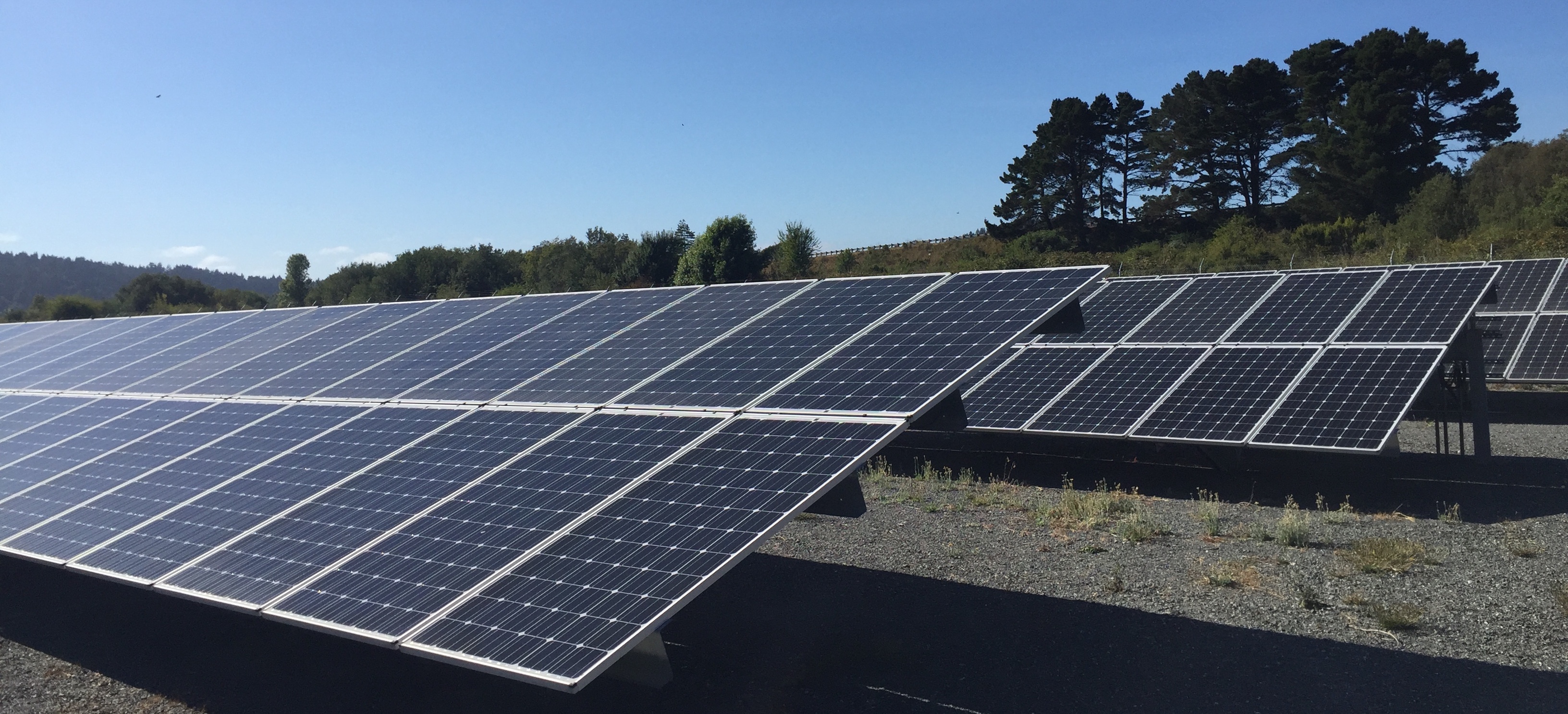
The predominant strategy to decarbonize our economy is to decarbonize the electricity sector, electrify end-uses in other sectors including transportation, industry, residential, and commercial as much as possible, and power those end-uses with low or zero carbon electricity. Because of their abundant resources and declining costs, wind and solar are the most promising technologies to scale up to provide large-scale low carbon electricity. But their variability causes challenges to planning and operating low carbon electricity systems.
How much wind and solar can be integrated cost-effectively in a region’s future grid? What would be the costs or savings of future deep decarbonized systems? What are the benefits of regional transmission interconnections and electricity markets to integrating large shares of wind and solar? What role can technologies such as battery storage and strategies such as demand response play in decarbonizing the electricity sector? What are the equity consequences of a low carbon transition? These are examples of some of the questions we are exploring in CETlab.
In answering these questions, we apply quantitative models including the spatial planning modeling tools — MapRE — and the capacity expansion and production cost model — GridPath. We also build custom models, such as the renewable energy value (REV) model, to answer specific research questions. Our modeling tools are free and open-source and we strive to make our data sets open-source as well. Our goal is to develop models that stakeholders including policymakers, regulators, non-profit organizations, and other academics can use and participate in decision-making processes that will ensure an economically efficient, environmentally sustainable, and socially just transition to a low carbon energy system.
Projects:
Optimal energy pathways for southern Africa
Low carbon electricity futures in India
